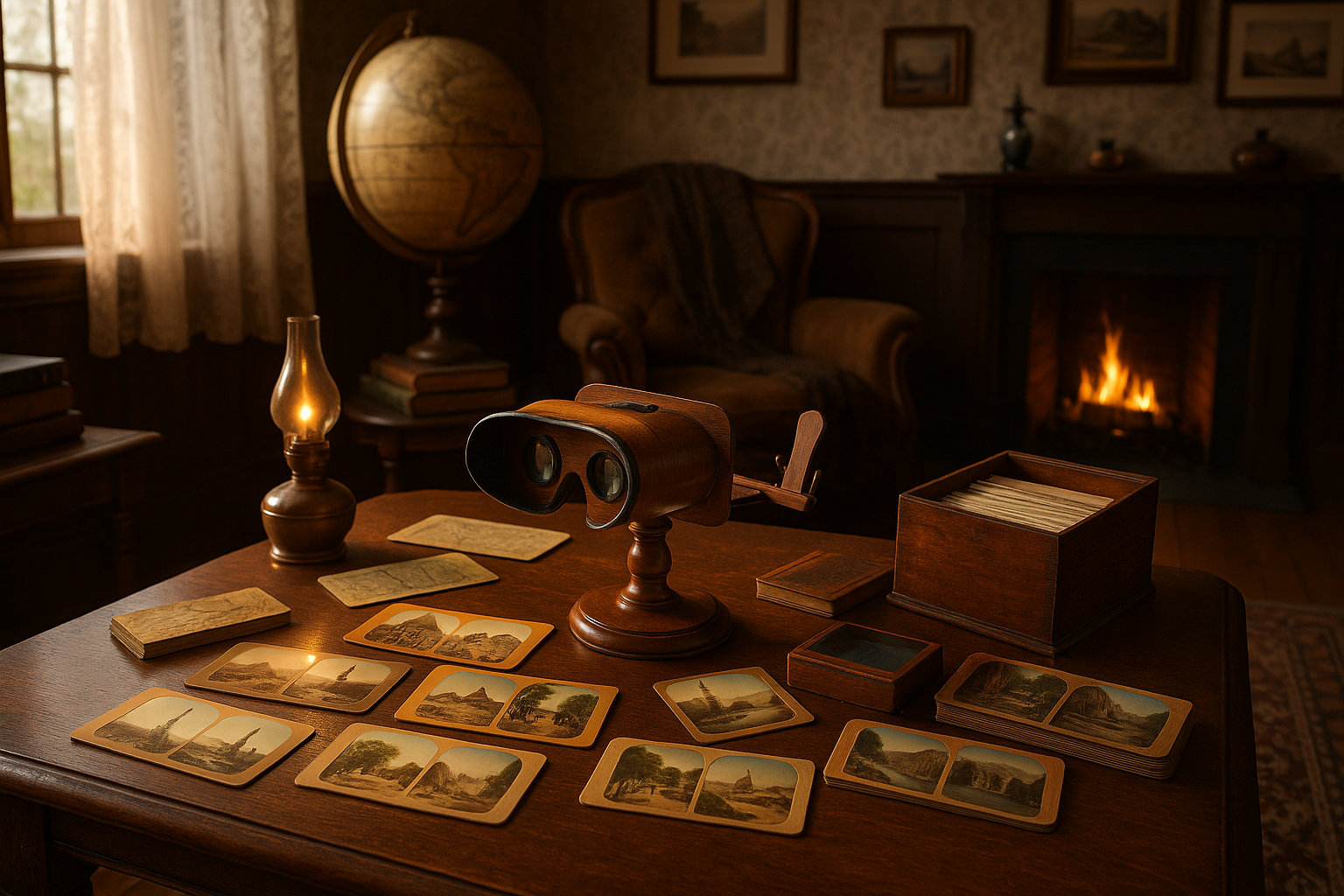Luxury is no longer just about possession—it’s about expression, refinement, and the deliberate choices we make to communicate sophistication through the materials that surround us.
The Language of Luxurious Materials in Modern Style ✨
In today’s world of conscious consumption and discerning tastes, the materials we choose speak volumes about our personal aesthetic and values. Whether adorning ourselves with jewelry, furnishing our spaces, or selecting everyday objects, the composition of these elements determines not only their durability but also their ability to elevate our presence and environment.
The pursuit of clarity and prestige through material selection has become an art form in itself. From the crystalline transparency of premium glass to the warm luster of precious metals, each substance carries its own heritage, properties, and capacity to transform the ordinary into the extraordinary. Understanding these materials empowers us to make informed decisions that reflect both timeless elegance and contemporary sensibility.
Crystal and Glass: The Essence of Transparency 💎
Few materials embody clarity quite like crystal and fine glass. These silica-based elements have captivated human imagination for millennia, evolving from simple functional vessels to sophisticated expressions of artistic vision and technical mastery.
Lead Crystal: The Standard of Excellence
Lead crystal represents the pinnacle of glass artistry, containing at least 24% lead oxide which creates that distinctive weight, brilliant refraction, and unmistakable ring when gently tapped. Renowned manufacturers like Baccarat, Waterford, and Lalique have built centuries-old reputations on their crystal craftsmanship, producing pieces that function as both utilitarian objects and investment-worthy collectibles.
The presence of lead increases the refractive index, meaning light bends more dramatically as it passes through, creating that signature sparkle that has made crystal synonymous with celebration and sophistication. Wine glasses, decanters, chandeliers, and decorative objects crafted from lead crystal command premium prices and endure as heirloom pieces passed through generations.
Borosilicate Glass: Modern Clarity with Purpose
For those seeking clarity without lead content, borosilicate glass offers an exceptional alternative. Originally developed for laboratory use due to its thermal resistance and chemical durability, this material has found its way into luxury home goods, jewelry, and design objects. Its lower thermal expansion coefficient means it can withstand temperature changes without cracking—a practical consideration that doesn’t compromise its aesthetic appeal.
Contemporary designers increasingly favor borosilicate for creating minimalist pieces that highlight form and function. Its exceptional clarity rivals crystal while offering environmental and health advantages that align with modern values.
Precious Metals: Timeless Symbols of Status 🏆
Metals have served as currency, adornment, and status symbols across every civilization. Their malleability, durability, and inherent rarity make them ideal for creating objects of lasting value and beauty.
Gold: The Eternal Standard
Gold’s resistance to tarnish, corrosion, and oxidation has made it humanity’s favorite precious metal for over 6,000 years. Available in various karats (with 24K being pure gold and 18K containing 75% gold mixed with alloy metals for durability), gold adapts to countless applications from jewelry to architectural accents.
The color variations—yellow, white, and rose gold—result from different alloy combinations. White gold typically contains palladium or nickel, while rose gold’s distinctive blush comes from copper content. Each variation carries its own aesthetic associations and complements different skin tones and design sensibilities.
Platinum: The Discerning Choice
Denser, rarer, and more expensive than gold, platinum represents the ultimate luxury metal. Its natural white sheen requires no plating, and its density makes it ideal for securing precious gemstones. Platinum’s weight is immediately noticeable, giving jewelry a substantial feel that communicates quality through tactile experience.
Approximately 30 times rarer than gold, platinum mining produces only about 160 tons annually compared to gold’s 3,000 tons. This scarcity, combined with its durability and hypoallergenic properties, positions platinum as the connoisseur’s choice for fine jewelry and luxury timepieces.
Sterling Silver: Accessible Elegance
Composed of 92.5% silver and 7.5% other metals (typically copper), sterling silver offers the lustrous beauty of precious metal at a more accessible price point. Its versatility makes it popular for everything from tableware to fashion jewelry, statement home décor pieces to artisanal craft objects.
While silver does tarnish when exposed to sulfur compounds in air, proper care maintains its brilliant finish. Many aficionados appreciate the patina that develops over time, viewing it as evidence of authentic silver and a record of the object’s history.
Natural Gemstones: Captured Geological Majesty 💍
Gemstones represent nature’s most spectacular achievements—minerals transformed by heat, pressure, and time into objects of breathtaking beauty. Their rarity, hardness, and optical properties have made them symbols of wealth and power throughout human history.
Diamonds: Beyond the Brilliant Cut
Diamonds’ status as the hardest natural substance, combined with their exceptional light dispersion (fire) and brilliance, has made them the most sought-after gemstone. The “Four Cs”—cut, clarity, color, and carat weight—determine value, with perfectly colorless, internally flawless specimens commanding astronomical prices.
Beyond traditional white diamonds, colored varieties (fancy diamonds) in shades of yellow, pink, blue, and even red represent the rarest and most valuable gemstones on Earth. A single red diamond can sell for millions per carat.
Colored Gemstones: A Spectrum of Prestige
Sapphires, rubies, and emeralds form the triumvirate of precious colored stones, each bringing distinct characteristics:
- Sapphires: Available in every color except red, with blue Kashmir sapphires representing the pinnacle of desirability
- Rubies: The red variety of corundum, with pigeon blood Burmese rubies commanding the highest prices per carat of any colored gemstone
- Emeralds: Beryl colored by chromium and vanadium, valued for their vivid green hue despite typically containing inclusions (considered acceptable in this stone)
Semi-precious stones like tanzanite, aquamarine, and tourmaline offer stunning alternatives, each with unique optical properties and color profiles that appeal to sophisticated collectors seeking distinction beyond the traditional precious stones.
Exotic Woods and Natural Materials: Warmth and Character 🌳
Luxury extends beyond mineral and metal into the organic realm, where rare woods and natural materials bring warmth, texture, and environmental storytelling to our spaces and possessions.
Exotic Hardwoods
Woods like Brazilian rosewood, ebony, mahogany, and teak have adorned palaces, yachts, and luxury automobiles for centuries. Their tight grain, rich coloration, and durability make them ideal for furniture, paneling, and decorative objects that appreciate in value over time.
Sustainability concerns have made responsibly sourced exotic woods even more prestigious. Certified materials from managed forests or reclaimed sources carry both environmental credentials and the inherent beauty that made these species desirable in the first place.
Mother of Pearl and Abalone
The iridescent inner layer of certain mollusk shells creates mother of pearl (nacre), a material prized for inlay work, jewelry, and decorative arts. Its organic origin means no two pieces are identical, offering uniqueness that manufactured materials cannot replicate.
Abalone shell, with its particularly vibrant blue and green iridescence, adds luxury to everything from guitar inlays to watch dials, bringing oceanic beauty to terrestrial objects.
Advanced Ceramics: The Modern Luxury Material ⚡
Technical ceramics represent a fascinating intersection of ancient craft and cutting-edge materials science. Far removed from simple pottery, advanced ceramics offer properties that rival or surpass traditional luxury materials in specific applications.
Zirconia ceramic, particularly popular in luxury watchmaking, offers scratch resistance approaching diamond, hypoallergenic properties, and a distinctive aesthetic. Its production requires extreme temperatures and precision engineering, making ceramic watches and jewelry technical achievements as much as style statements.
Fine porcelain, especially from historic manufacturers like Meissen, Sèvres, and Royal Copenhagen, continues to represent the pinnacle of ceramic art. Hand-painted pieces with intricate designs and gold accents function as displayable art while maintaining functional utility.
Leather and Exotic Skins: Textural Luxury 👜
High-quality leather transcends mere material to become a statement of craftsmanship and discernment. Full-grain leather from select tanneries develops a patina that tells the story of its use, actually improving aesthetically with age and care.
Exotic Leathers
Materials like crocodile, alligator, ostrich, and python represent the apex of leather luxury. Their distinctive textures and patterns make each piece unique, while their rarity and processing complexity justify premium pricing. Ethical sourcing from certified farms ensures these materials come from sustainable, regulated sources rather than endangered wild populations.
The tanning and finishing process for exotic leathers requires specialized expertise, with traditional techniques passed down through generations of artisan tanners. Colors range from natural tones to vibrant dyed hues, each requiring different treatment approaches to preserve the material’s integrity and distinctive texture.
Composite and Innovative Materials: The Future of Luxury 🚀
Contemporary luxury increasingly embraces innovative materials that combine multiple elements to achieve properties impossible in natural substances alone.
Carbon Fiber
Once limited to aerospace and racing applications, carbon fiber has entered luxury goods for its exceptional strength-to-weight ratio and distinctive woven appearance. Watch cases, pen barrels, jewelry, and even furniture now feature this material, connecting owners to high-performance engineering and modern aesthetics.
Technical Fabrics
Synthetic fibers engineered at the molecular level offer performance characteristics—water resistance, breathability, durability—that natural materials cannot match, while advanced weaving techniques create aesthetic appeal previously impossible. Luxury brands increasingly blend technical innovation with traditional craftsmanship, creating pieces that perform as well as they appear.
The Art of Combining Materials: Elevated Design Philosophy 🎨
True luxury often emerges not from a single material but from thoughtful combinations that highlight contrasts and create visual interest. Mixed-metal jewelry, furniture combining exotic wood with metal accents, or timepieces featuring multiple materials showcase the designer’s skill in balancing diverse elements.
Successful material combinations observe principles of proportion, contrast, and harmony. A diamond’s brilliance intensifies against platinum’s white sheen. Exotic wood grain becomes more pronounced when framed by polished metal. Black ceramic emphasizes rose gold’s warmth.
These pairings require understanding each material’s properties—thermal expansion rates, chemical compatibility, and visual weight. Master craftspeople learn through years of experience which combinations enhance and which conflict, knowledge that transforms raw materials into cohesive luxury objects.
Care and Maintenance: Preserving Your Investment 🛡️
Luxury materials deserve appropriate care to maintain their beauty and value across years or generations. Each substance requires specific maintenance approaches based on its chemical and physical properties.
Precious metals benefit from gentle cleaning with appropriate solutions—ammonia-free cleaners for gold, specialized silver polish, platinum cleaning solutions. Gemstones vary in hardness and chemical sensitivity; while diamonds tolerate most cleaning methods, emeralds and opals require gentler approaches due to oils and water content within their structure.
Leather products need conditioning to prevent drying and cracking, with exotic skins requiring specialized products that maintain their unique textures. Wood furniture benefits from appropriate humidity levels and occasional treatment with suitable oils or waxes that nourish the material without creating buildup.
Professional maintenance—jeweler inspections, watch servicing, furniture restoration—represents essential investment in preserving luxury items. These specialists possess tools, knowledge, and materials unavailable to consumers, providing care that extends object lifespans indefinitely when performed at appropriate intervals.
Making Informed Material Choices: Investment and Values 💼
Selecting luxury materials involves balancing multiple considerations beyond immediate aesthetic appeal. Value retention, ethical sourcing, environmental impact, and personal resonance all factor into decisions that align possessions with principles.
Investment-grade pieces—certain gemstones, precious metals, museum-quality craftsmanship—can appreciate over time, functioning as portable wealth and family heirlooms. Understanding market trends, rarity factors, and authentication helps identify which items offer financial as well as aesthetic value.
Ethical considerations increasingly influence luxury purchases. Conflict-free diamonds, sustainably sourced woods, and materials from certified suppliers ensure our choices don’t compromise human rights or environmental integrity. Many luxury brands now provide complete supply chain transparency, allowing conscious consumers to make informed decisions.
Personal resonance matters too. Materials that connect to heritage, memories, or personal aesthetics bring satisfaction beyond their objective qualities. A gemstone matching a family member’s birthstone, metal in a favorite tone, or wood from a meaningful location transforms luxury from status symbol to personal narrative.
Crafting Your Personal Style Through Material Selection 👑
Ultimately, luxurious materials serve as tools for self-expression and environmental curation. The metals you wear, stones you choose, and materials filling your spaces communicate your aesthetic values, cultural appreciation, and personal journey.
Building a cohesive personal style involves identifying which materials resonate most strongly, then incorporating them consistently across possessions. Someone drawn to warm tones might favor rose gold, amber gemstones, and rich woods. A minimalist aesthetic might center on platinum, diamonds, and sleek ceramics. Cultural heritage might inspire choices reflecting traditional materials and techniques from ancestral regions.
This coherent approach creates visual harmony across your appearance and environment, establishing a recognizable personal brand that communicates sophistication through thoughtful curation rather than conspicuous consumption.
The journey toward elevated style through luxurious materials is ongoing, evolving with personal growth, changing tastes, and new discoveries. Each acquisition represents a chapter in your developing aesthetic story—a story told through the timeless language of exceptional materials, masterful craftsmanship, and conscious choices that reflect who you are and aspire to become.
Toni Santos is a visual historian and artisan whose creative lens is captivated by the forgotten marvels of antique optical devices. Through his thoughtful storytelling, Toni revives the instruments that once transformed light into wonder—camera obscuras, magic lanterns, kaleidoscopes, and other ingenious tools that shaped our earliest visual imaginations.
His journey is rooted in a fascination with how humans have long sought to bend, reflect, and reveal the unseen. Whether tracing the mechanical poetry of 19th-century projectors or illustrating the tactile elegance of early lenses, Toni’s work invites us to see vision itself as an evolving art form.
Blending handcrafted design with historical inquiry, Toni brings to life the material soul of these devices—celebrating not just how they functioned, but what they meant. His creations and curated stories illuminate a world where science, illusion, and beauty were intricately linked through glass and brass.
As the curator of Vizovex, Toni shares detailed studies, reconstructed artifacts, and immersive content that help others rediscover the origins of visual technology and the magic of analog perception.
His work is a tribute to:
The craftsmanship behind early visual instruments
The wonder of seeing through the eyes of another century
The intersection of optics, art, and imagination
Whether you’re a collector, a designer, or someone drawn to the lost poetry of vision, Toni welcomes you into a world where light is a storyteller—one prism, one lens, one forgotten invention at a time.





